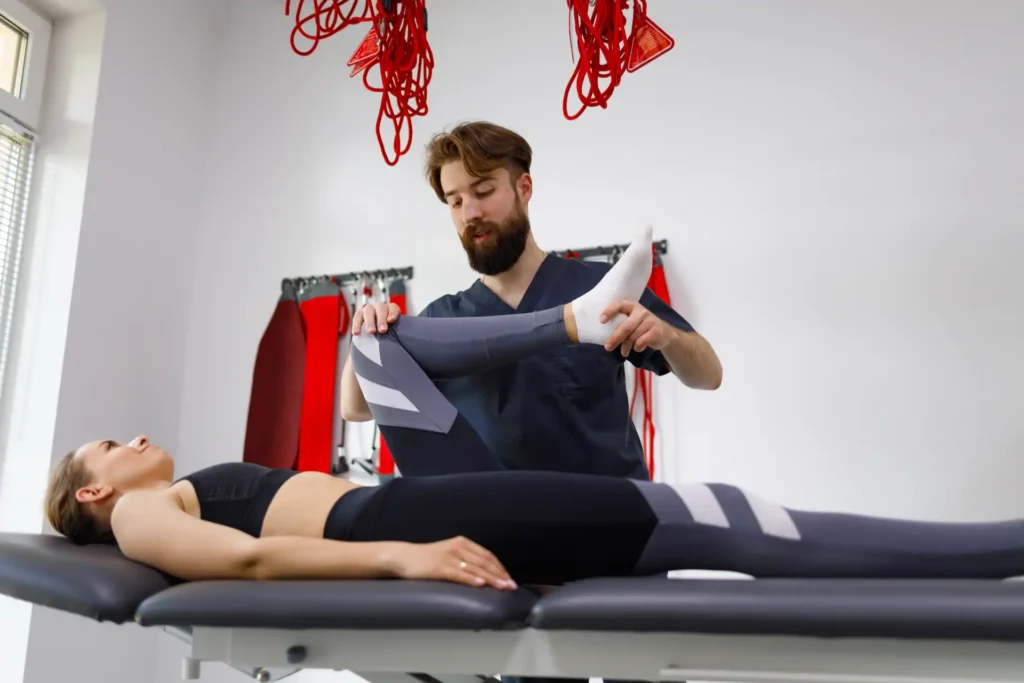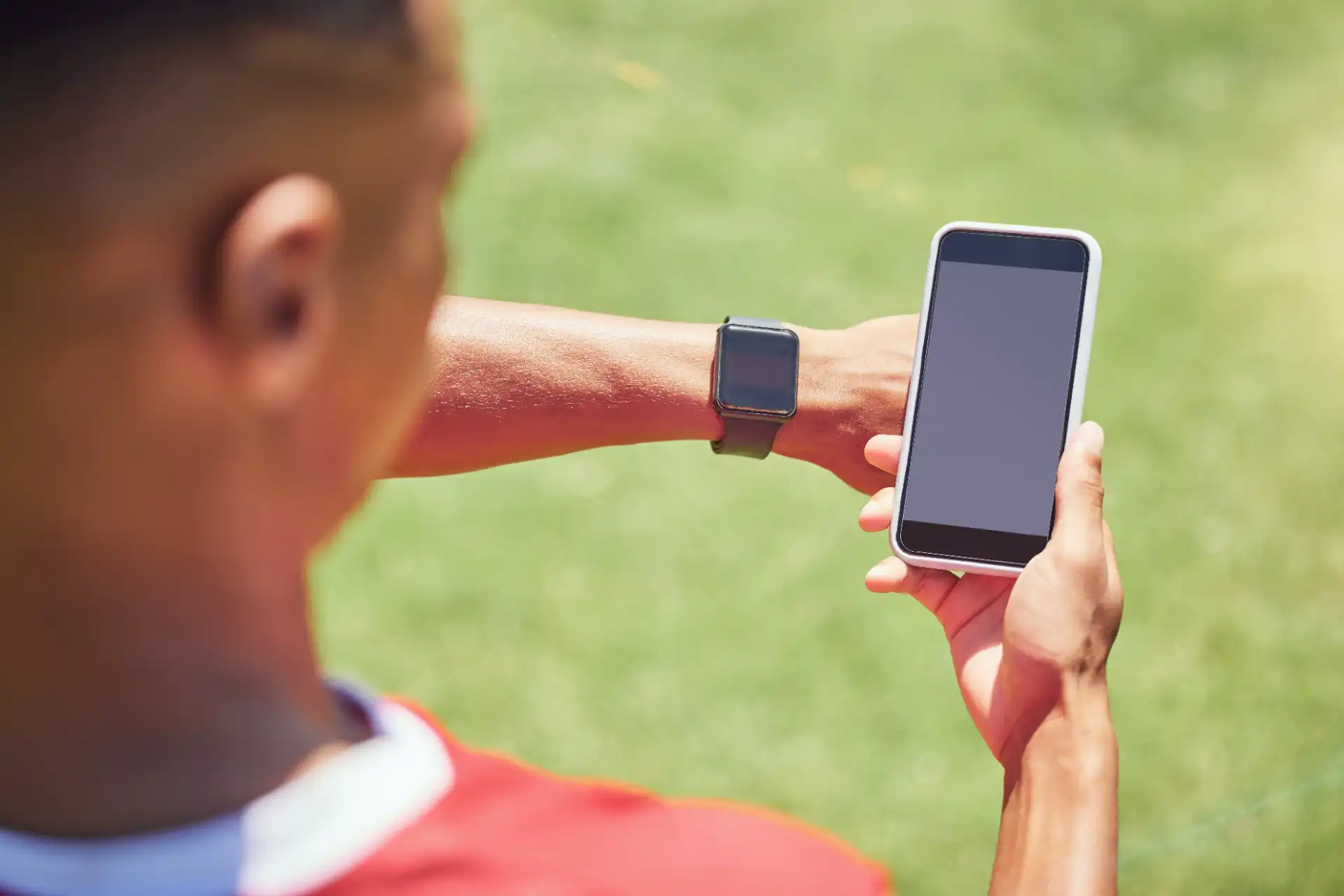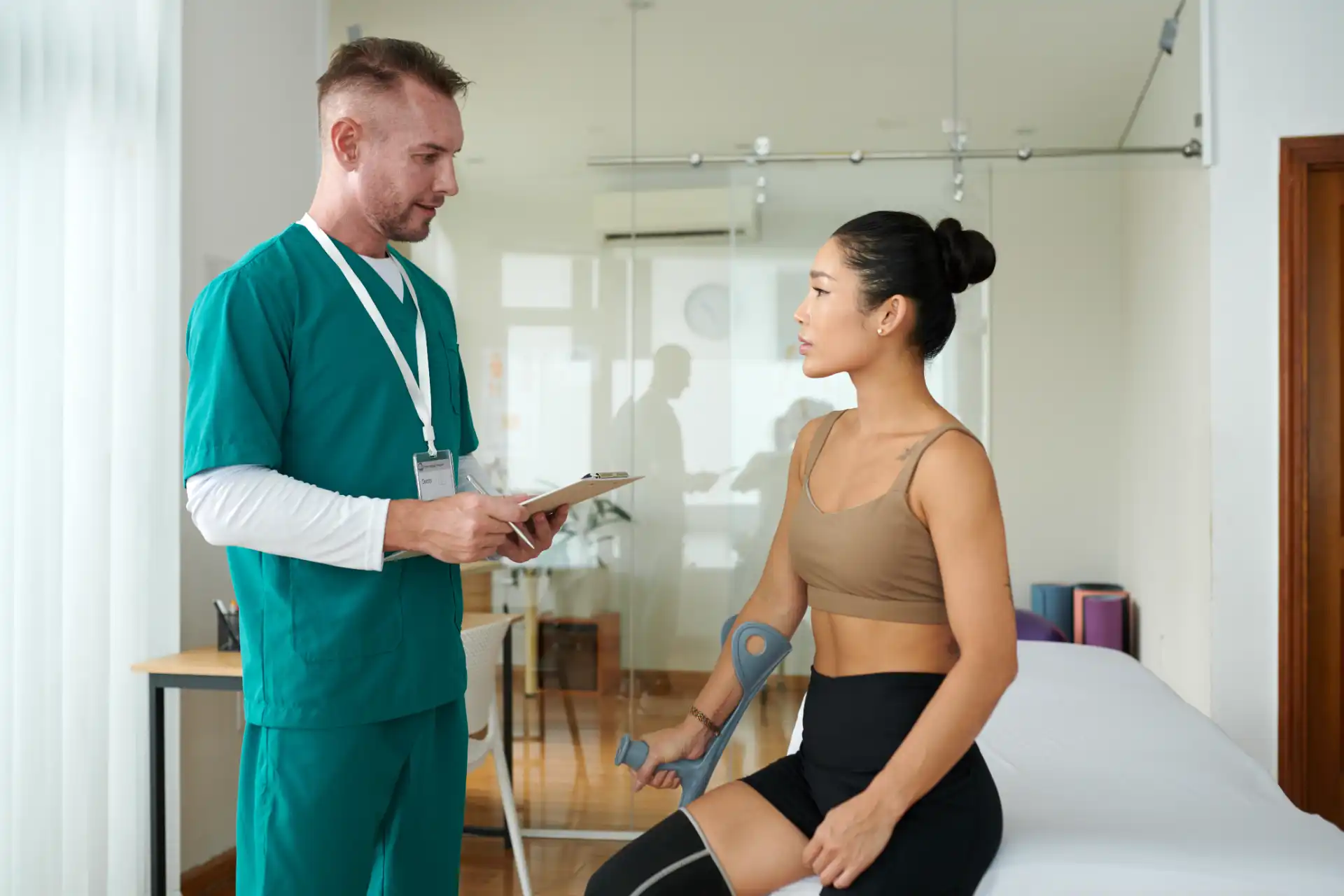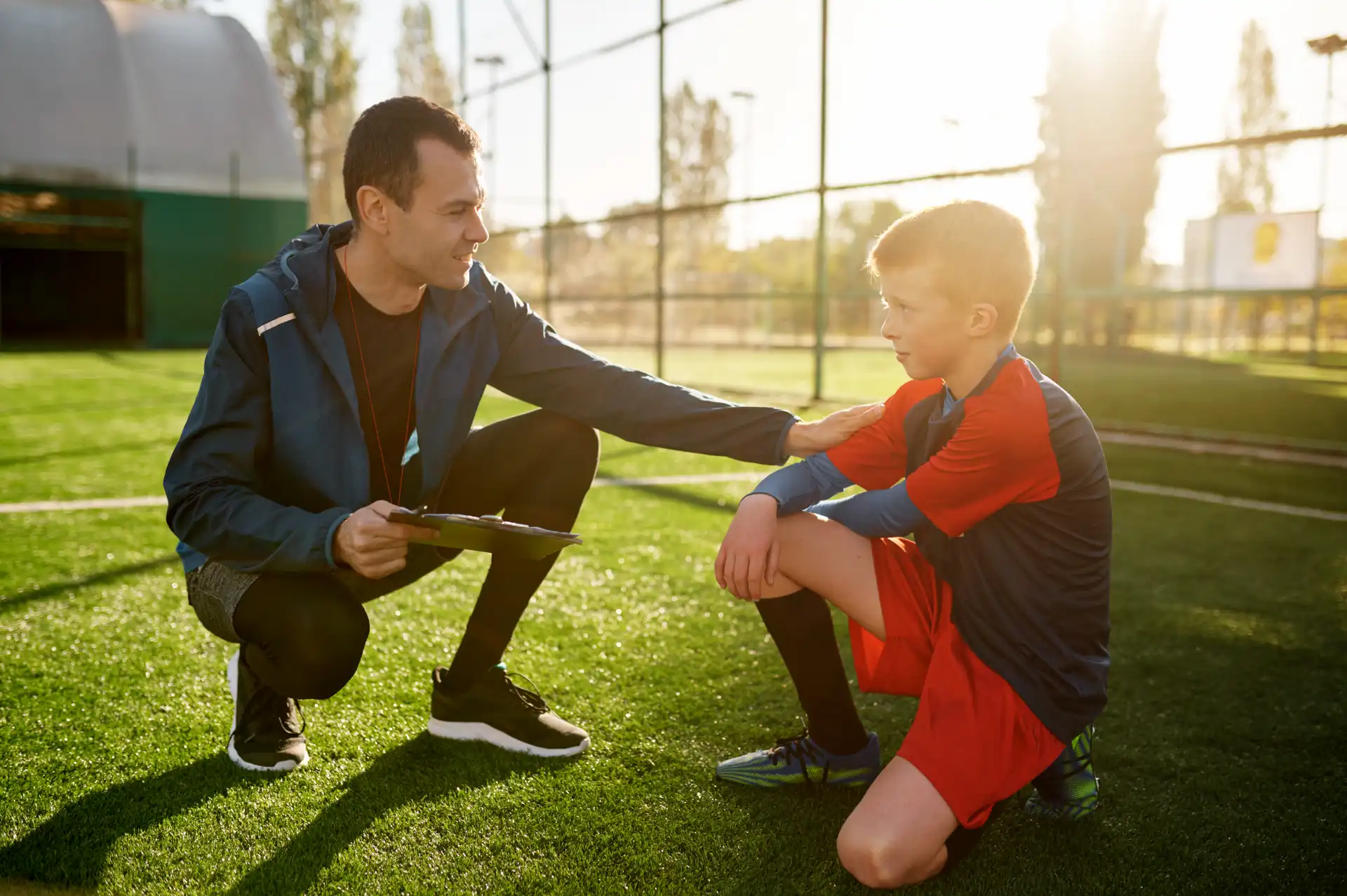Sports Injury Recovery: Expert Tips for a Faster Healing Process
Sports injuries can be frustrating, especially when they interrupt your active lifestyle. Whether it’s a sprained ankle, muscle strain, or something more serious, proper recovery is crucial for healing and returning to your favorite activities. In this guide, we’ll explore expert tips for sports injury recovery to help you heal safely and efficiently.
Understanding the Recovery Process
Every injury and every person is different. However, the body generally goes through predictable stages of healing. Understanding these stages helps you know what to expect and how to support your recovery.
- Inflammation Stage (0-3 days): Swelling, redness, and pain are normal. Your body is protecting the injured area.
- Repair Stage (3-21 days): New tissue starts to form. Controlled movement helps healing.
- Remodeling Stage (3 weeks to several months): The tissue strengthens, and you can gradually return to activities.
Patience and proper care during each stage are key to a full recovery.
1. Follow the R.I.C.E. Method Immediately
Right after an injury, the R.I.C.E. method can reduce pain and prevent further damage:
- Rest: Stop the activity and allow your body to heal.
- Ice: Apply ice packs to reduce swelling and pain.
- Compression: Use an elastic bandage to limit swelling.
- Elevation: Keep the injured area raised to reduce inflammation.
For detailed guidance, the Cleveland Clinic offers excellent resources on sports injuries.
2. Consult a Medical Professional
Even if your injury seems minor, it’s wise to consult a healthcare provider. Proper diagnosis ensures that you receive the best treatment plan for your recovery. In some cases, physical therapy or imaging tests like X-rays or MRIs might be necessary.
Resources like the National Institute of Arthritis and Musculoskeletal and Skin Diseases provide helpful insights into treatment options.
3. Gradually Resume Movement
While rest is important, prolonged inactivity can lead to stiffness and weakness. As soon as your healthcare provider gives the green light, start gentle, controlled movements. Physical therapy exercises can improve flexibility, strength, and circulation, speeding up recovery.
4. Prioritize Nutrition for Healing
Nutrition plays a crucial role in sports injury recovery. Nutrients like protein, vitamin C, zinc, and omega-3 fatty acids support tissue repair and reduce inflammation.
- Protein: Helps rebuild muscle tissue.
- Vitamin C: Supports collagen production and immune health.
- Omega-3s: Help manage inflammation.
Stay hydrated and fuel your body with whole foods to promote faster healing.
5. Listen to Your Body
Pay attention to pain and fatigue levels during recovery. Pushing through pain can worsen injuries or cause new ones. Recovery is not a race. Respect your body’s signals and rest when needed.
6. Stay Positive and Patient
Sports injury recovery can be mentally challenging. Stay positive by focusing on the progress you’re making, even if it feels slow. Set realistic goals and celebrate small milestones along the way.
Consider mental strategies like visualization or mindfulness to maintain motivation and reduce stress.
7. Work with a Physical Therapist
A licensed physical therapist can create a personalized recovery plan based on your injury. They’ll guide you through safe exercises, monitor your progress, and help prevent re-injury.
Professional guidance is invaluable, especially for more complex injuries like ligament tears or fractures.
8. Use Supportive Devices if Recommended
Braces, wraps, or orthotic devices can help stabilize the injured area during recovery. Follow your healthcare provider’s advice on using these tools effectively.
9. Avoid Returning to Sport Too Soon
One of the most common mistakes in sports injury recovery is returning to activity before the body is fully healed. Doing so increases the risk of re-injury. Ensure you regain full range of motion, strength, and confidence before resuming sports.
10. Focus on Injury Prevention Moving Forward
After you recover, take steps to prevent future injuries:
- Warm up and cool down before and after activities.
- Incorporate strength and flexibility training into your routine.
- Use proper techniques and equipment.
- Maintain a balanced training schedule with rest days.
Prevention is just as important as recovery for a healthy, active lifestyle.
Conclusion
Recovering from a sports injury takes time, patience, and the right approach. By following these expert tips and listening to your body, you can support a safe, effective healing process. Stay informed, stay committed, and soon you’ll be back to enjoying the activities you love.
For additional recovery resources and prevention strategies, explore trusted organizations like the American Orthopaedic Society for Sports Medicine.




